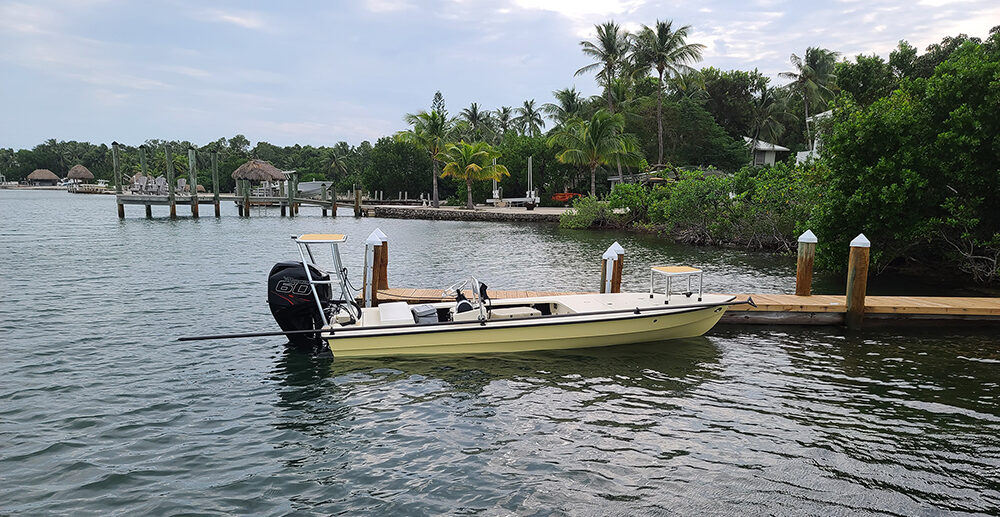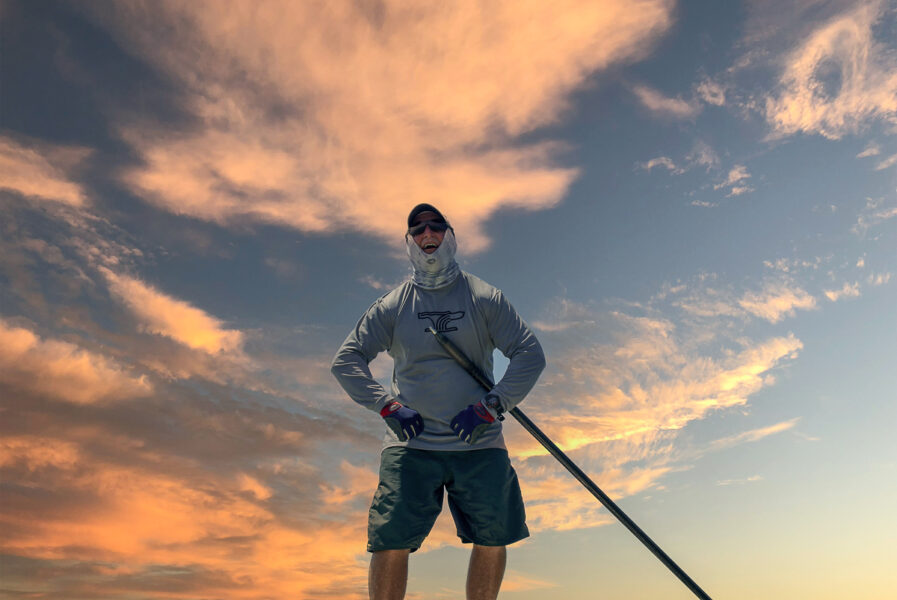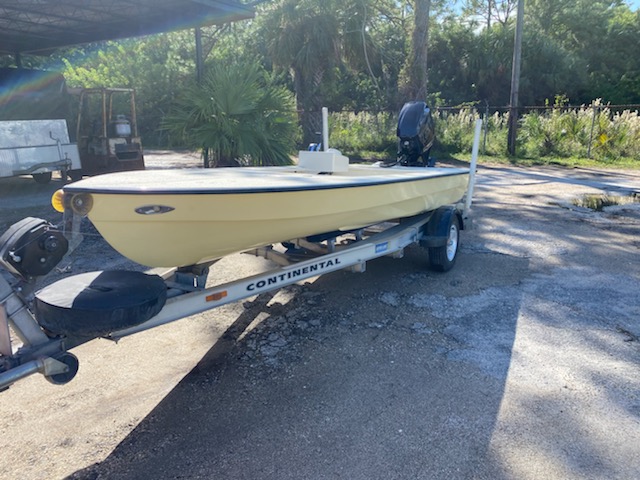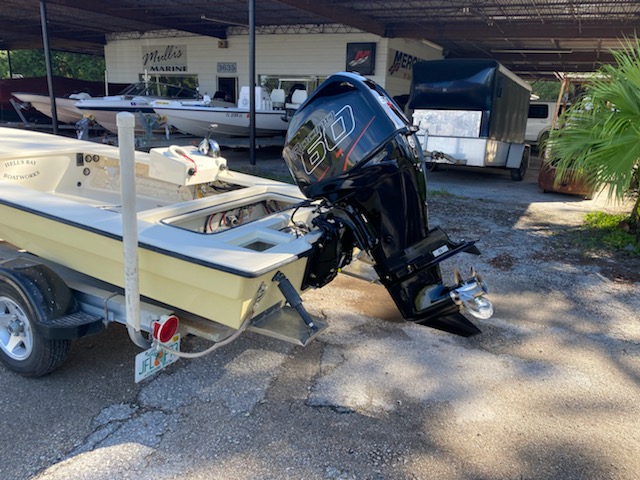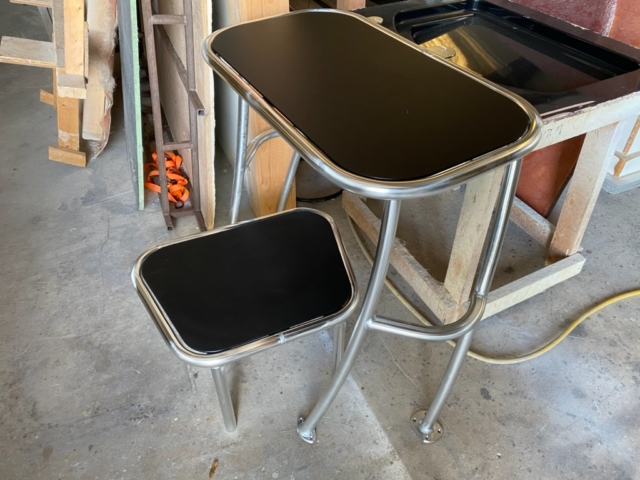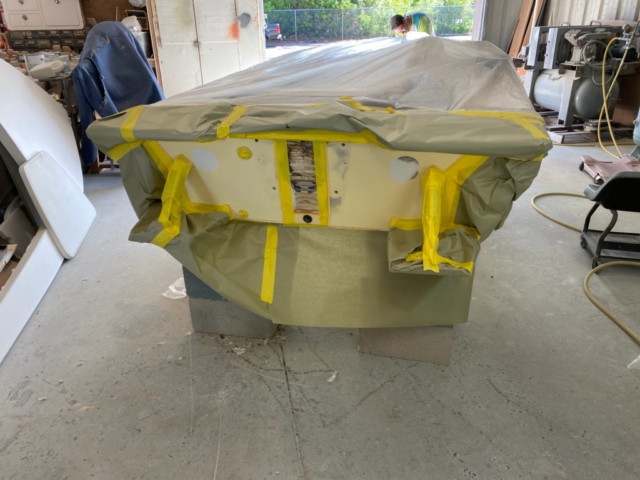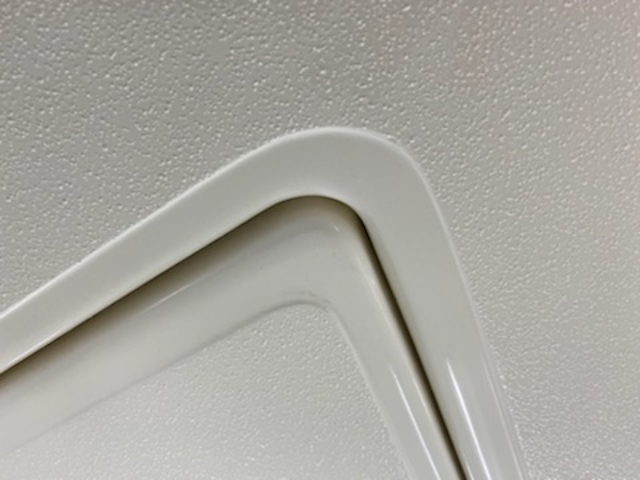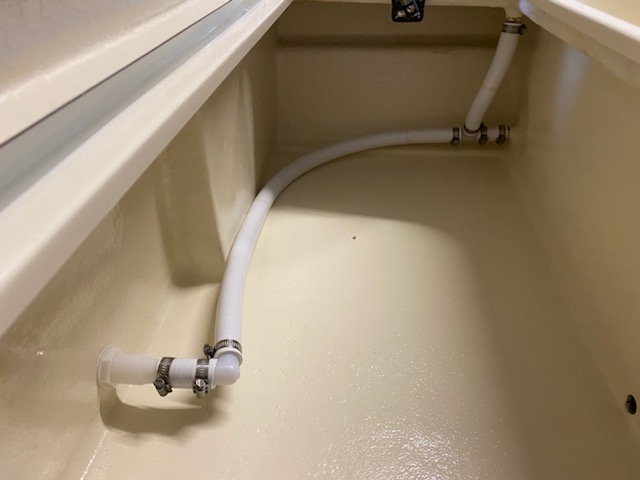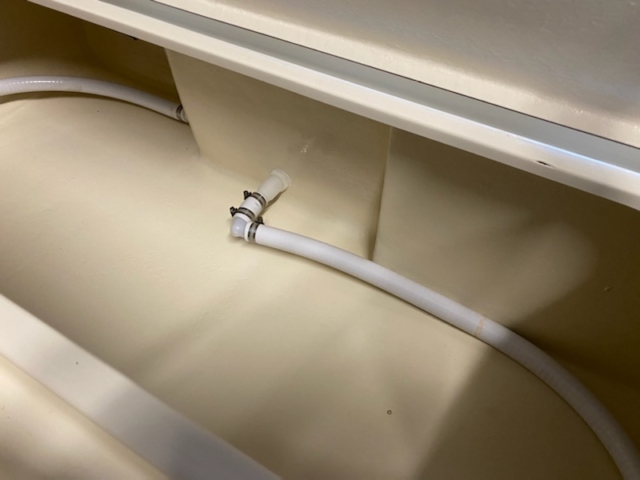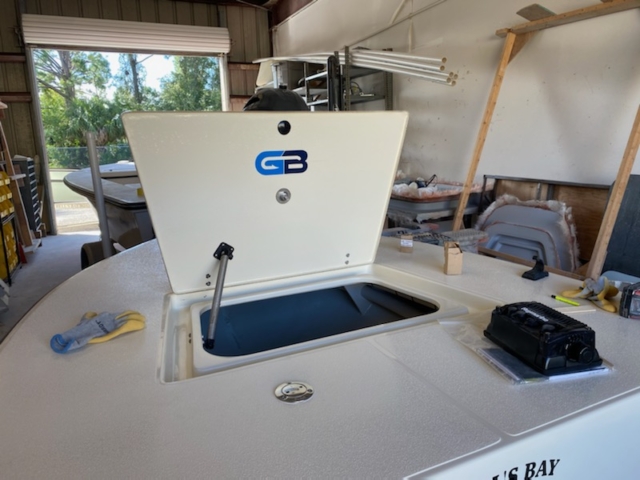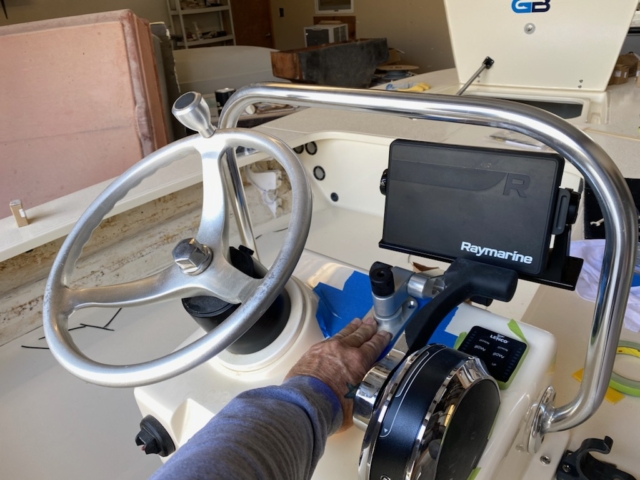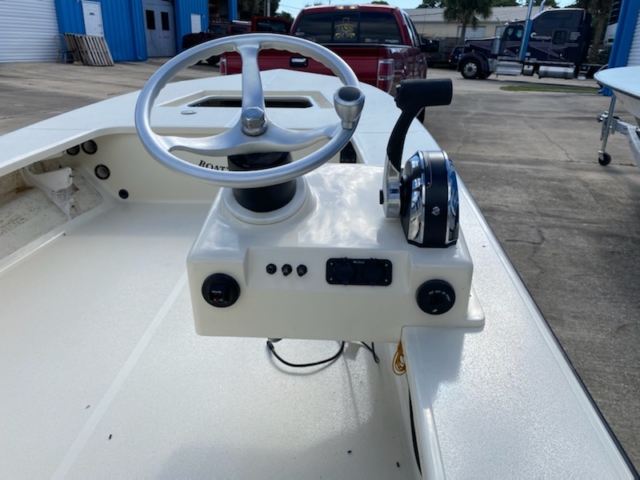Published December 2021
In 2002, my friend James W. Hall mentioned that he and his wife planned on selling their home in Key Largo and relocate to Coral Gables. Living in both the Gables and the mountains of Western North Carolina wasn’t going to leave him much time to use his new skiff, and he asked if I was interested in buying it.
James knew I already owned a similar but older 1998 Whipray. He made it easy for me, so I sold my old Whipray to my friend Capt. Andy Putetti and bought Hall’s newer model. I promised James I would take good care of her, and I kept my word.
Over twenty years later, I’m still guiding, and Hall is still writing bestselling novels. His old Whipray has seen a lot of use. Outfitted camping trips in the Everglades, mothership expeditions aboard Fishabout in the Glades, Marquesas, and Content Keys. She’s been wedged, literally stuck, between spider-infested mangrove tunnels, battered by tropical depressions in the Marquesas, and pounded by strong winter fronts in the Glades. She’s slid off my trailer at the Lorelei boat ramp, had several Burmese python encounters, and had numerous full-sized tarpon jump in the boat.
 Beyond all the memorable fishing with family, friends, and clients, there was the encounter at Cardiac Bay with Everglades Park Rangers, while James himself was onboard the mothership, researching his 2008 novel Hell’s Bay. You can learn more about the novel (decdicated to yours truly) and the Thorn series at James W. Hall’s official website.
Beyond all the memorable fishing with family, friends, and clients, there was the encounter at Cardiac Bay with Everglades Park Rangers, while James himself was onboard the mothership, researching his 2008 novel Hell’s Bay. You can learn more about the novel (decdicated to yours truly) and the Thorn series at James W. Hall’s official website.
Almost Sold Her
This past summer, I briefly considered selling her and buying a new 2020 model. But the potential buyer’s yacht davit was underrated for the true weight of the skiff. Understandably, he bowed out, and I’m glad he did.
For those who think your ultralight Whipray, fully rigged, weighs 750 pounds, do yourself a favor and take it to a weigh station. You’ll see it’s closer to 1,000 pounds wet. Skiff manufacturers, most of them, are often inaccurate, if not outright misleading, when publishing weight and draft specs. Guides and anglers have always been optimistic and more than willing to believe they own the lightest, shallowest skiff on the planet.
The Restoration
Thankfully, I decided to keep her and went looking for the best in the business for a complete restoration. After some research and a few dead ends, I found Glasser Boatworks in Rockledge, Florida. They agreed to take on the project and chose to preserve the original yellow gel coat, which now looks better than when she left the Hell’s Bay factory in 2002.
Most of Glasser’s work focused on everything above the hull. Jonathan Glasser handled the entire project, including the hull, deck, hatches, and hardware. He also oversaw the custom aluminum fabrication, a new larger capacity fuel tank, a console rail “branch deflector,” and new bow and stern platforms. He coordinated the purchase of a Mercury 60R from Mullis Marine, the SeaDek install, and all new rigging by Brian Floyd of Floyd Skiffs.
I can’t say enough about Jonathan’s work ethic and attention to detail, from the finish down to the last nut and bolt. It was a fun project, and he was a pleasure to work with.
What Got Done
- Hull
Restored original yellow gel coat.
- Deck
We refinished the console, added a new non-skid upper deck surface, and filled countless glassed holes. Black SeaDek on the side rod storage. Camel SeaDek on bow and stern platforms. Custom-cut black SeaDek was used in place of traditional hatch gaskets.
- Lockers
Custom 20-gallon aluminum fuel tank. The battery was relocated to the forward locker and offset to the port to balance the starboard console. A fabricated shelf in the bow locker created level storage and helped counterbalance the added weight of the Mercury 60R.
- Fabrication
New poling and casting platforms, and a custom console “branch deflector.”
- Rigging and Power
New Mercury 60R installed. Every hose, bolt, latch, and fitting was replaced or refurbished. Rigging by Floyd Skiffs.

